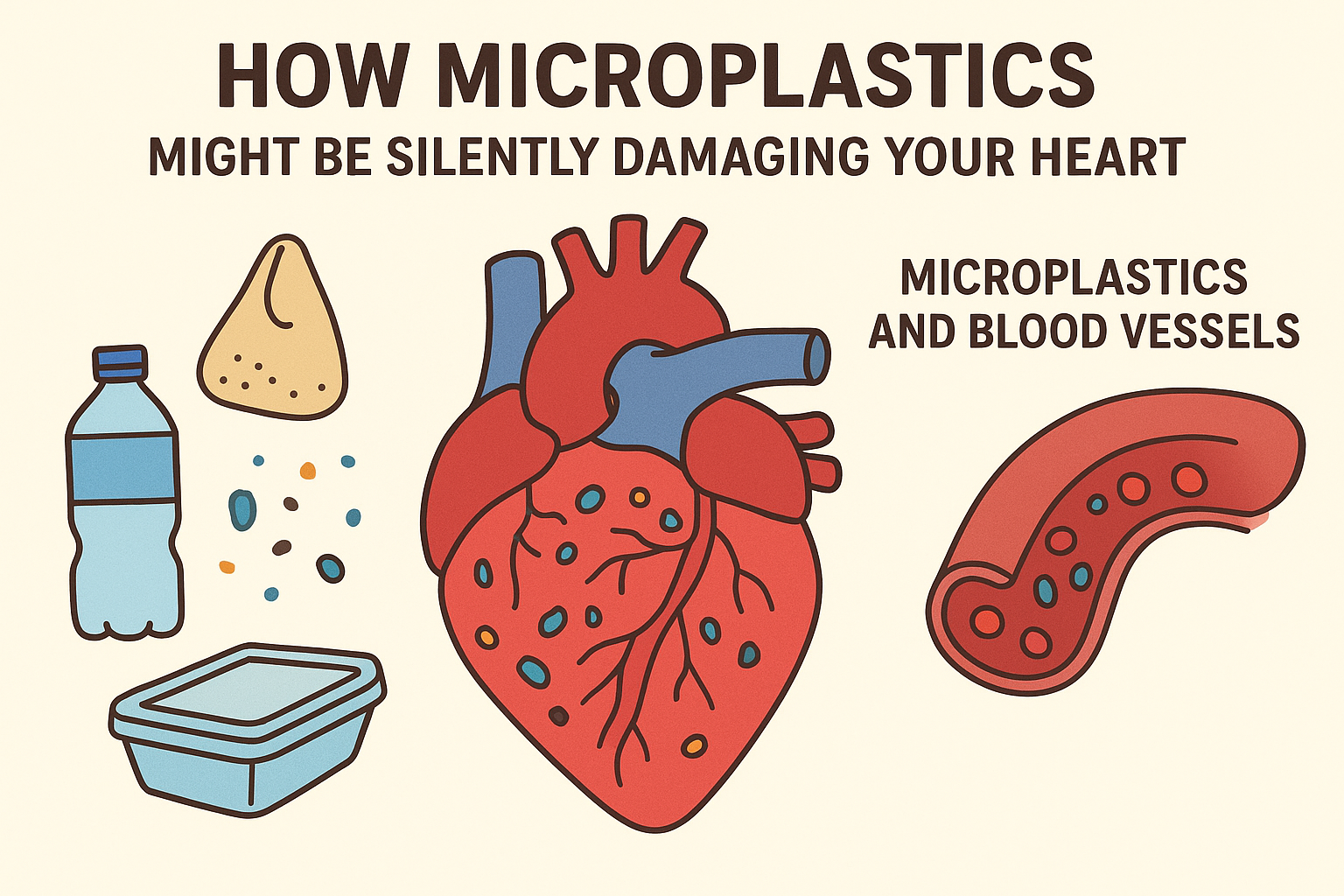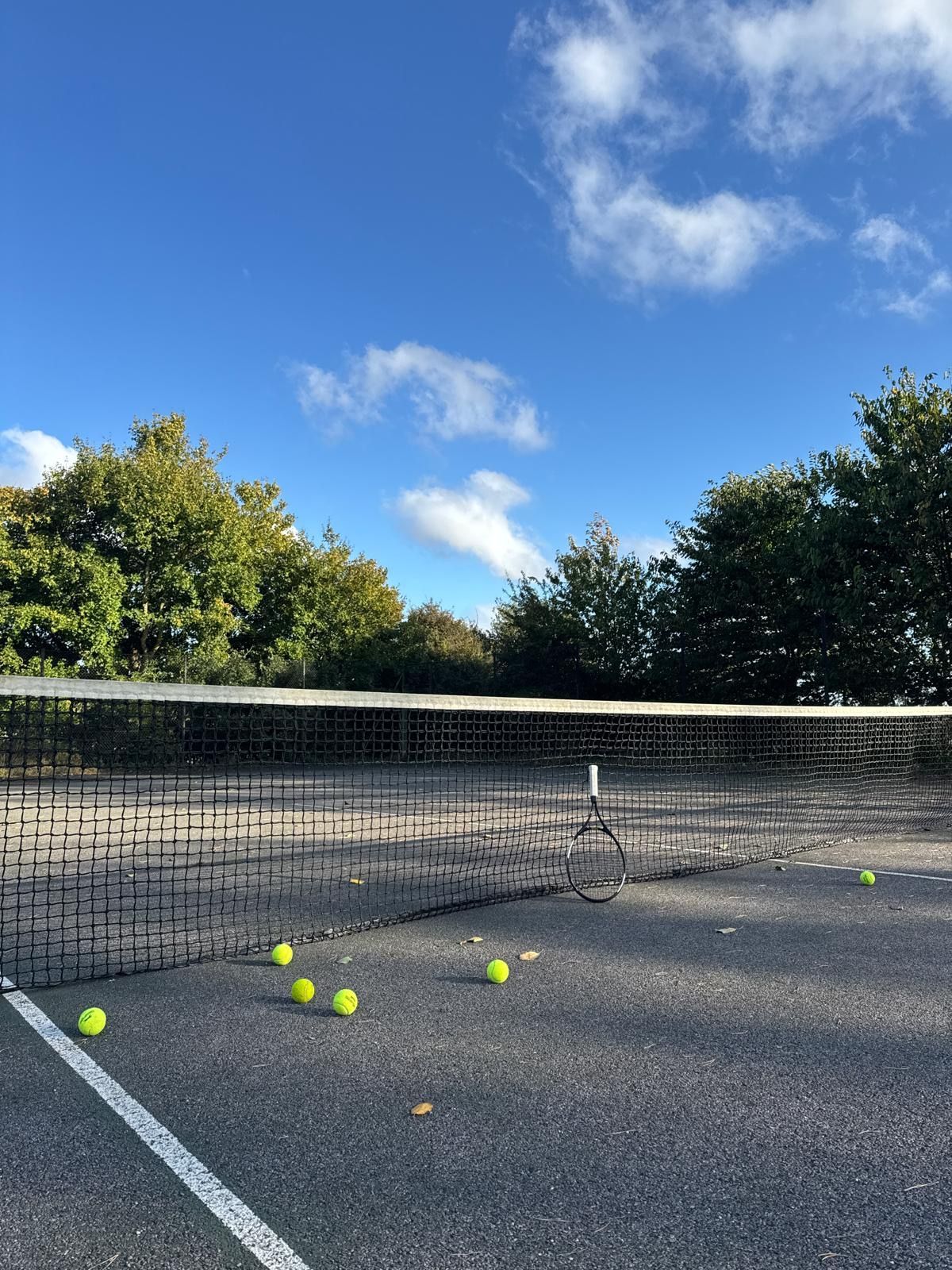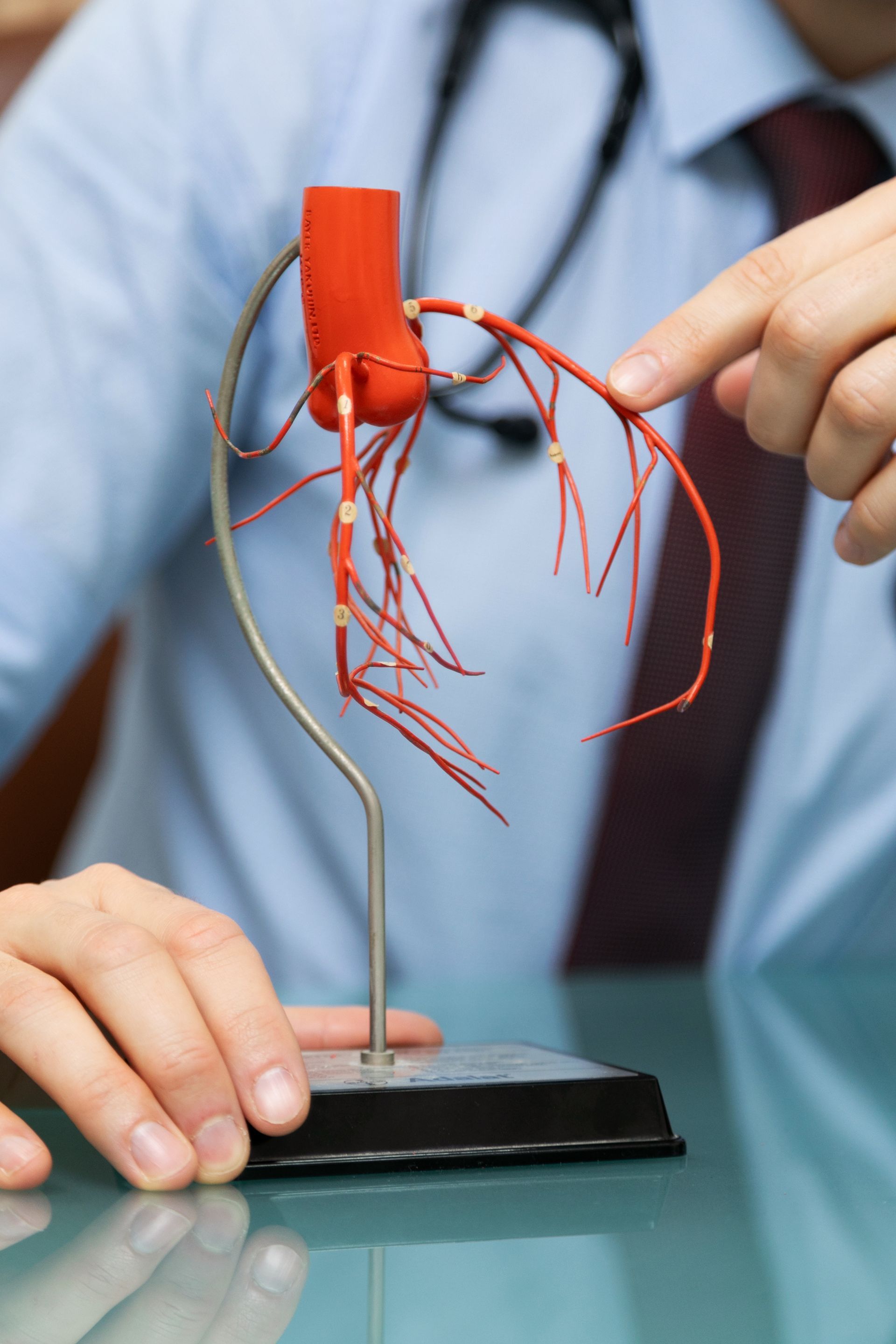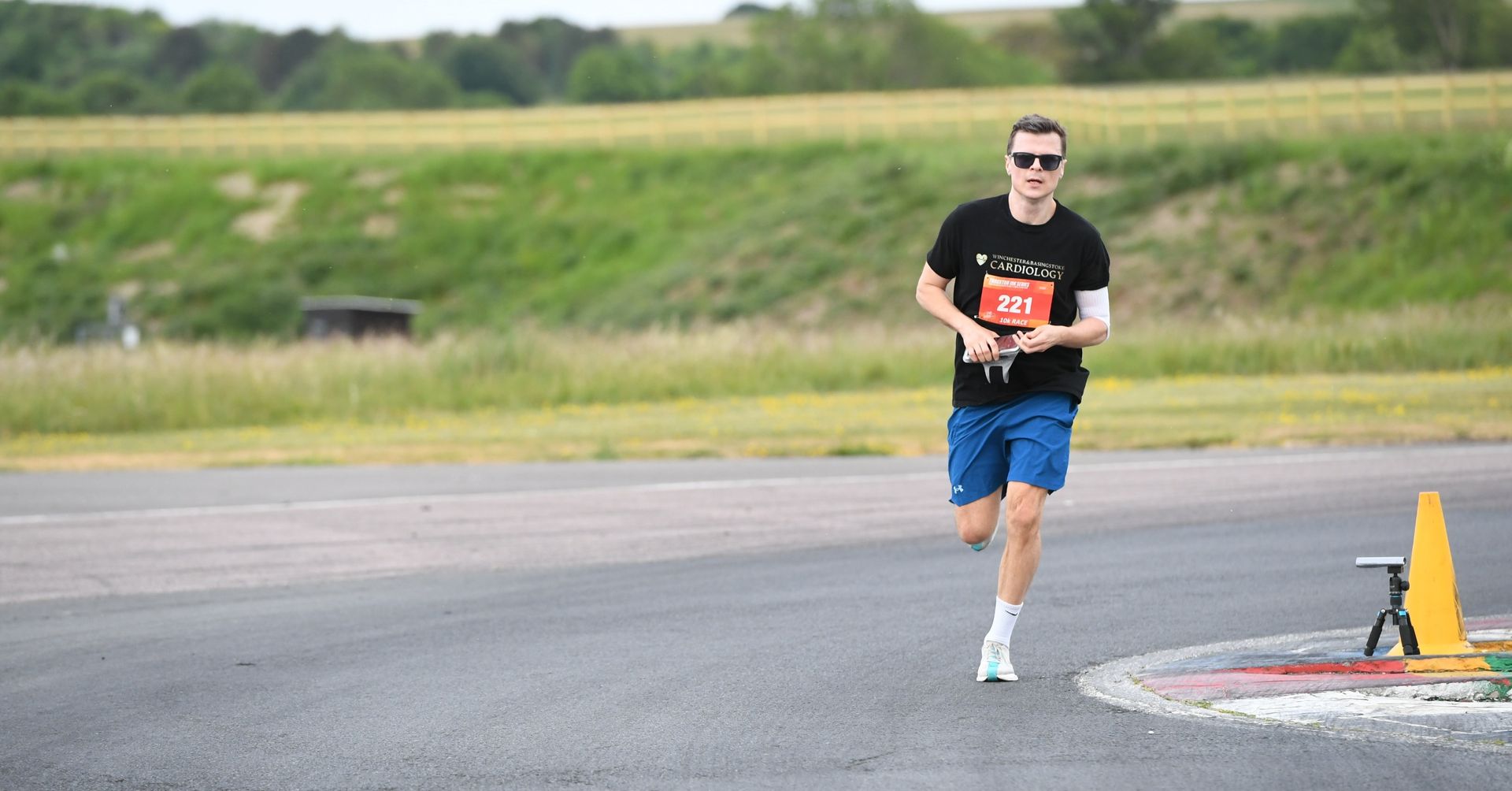Can breathing techniques help to lower your blood pressure?
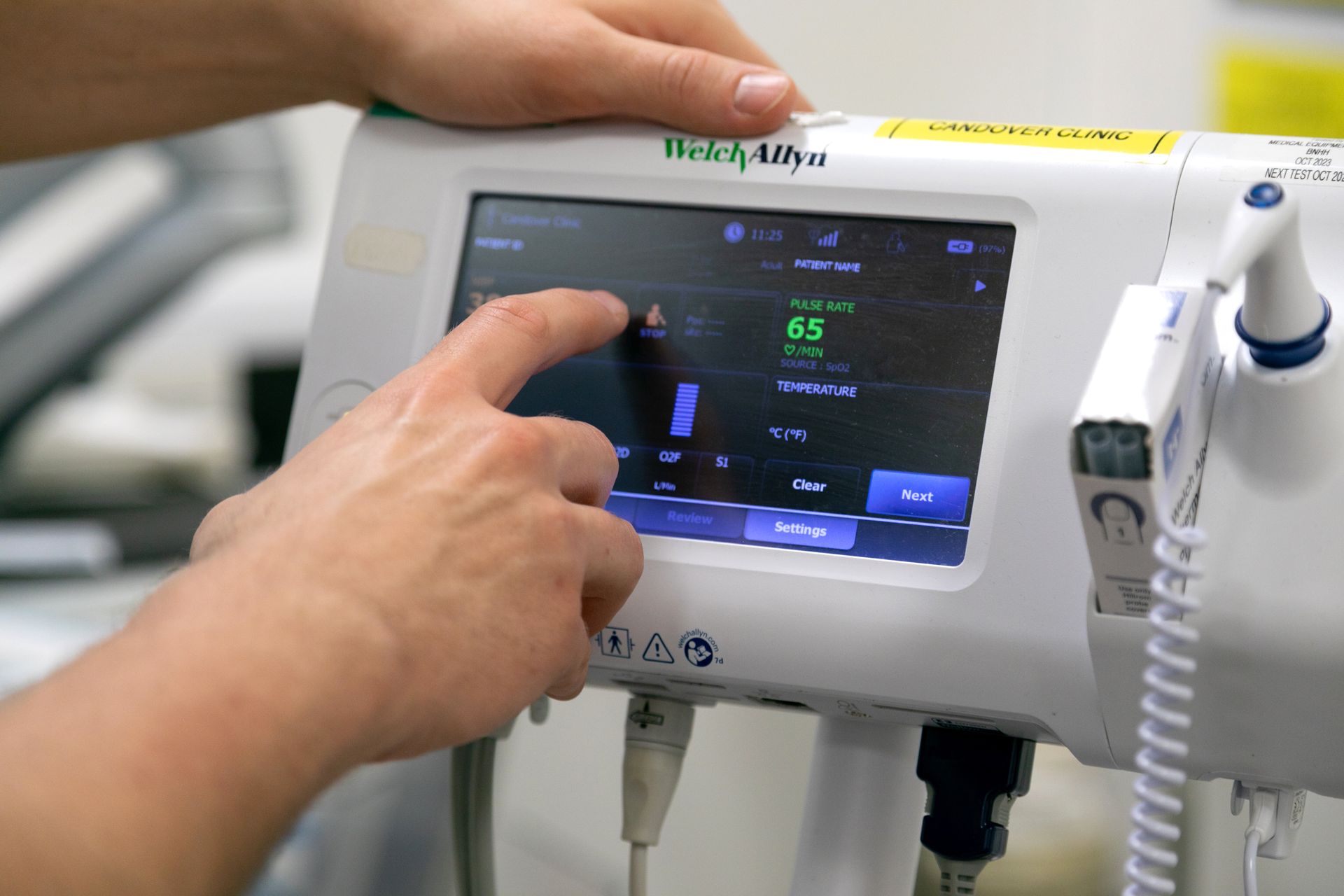
Introduction: The Rising Interest in Deep Breathing
Hypertension (high blood pressure) affects over 1.28 billion adults globally (World Health Organization, 2023), and this figure is projected to rise to 1.5 billion by 2025. As a major risk factor for heart disease, stroke, and kidney failure, hypertension significantly contributes to the global burden of disease. According to established guidelines, it is defined by a systolic blood pressure (SBP) >140 mmHg and/or a diastolic blood pressure (DBP) >90 mmHg. Uncontrolled hypertension can lead to severe complications, including myocardial infarction, heart failure, aneurysm, and stroke.
The link between elevated blood pressure and cardiovascular risk is well established: even a modest 5 mmHg BP reduction can lower the risk of cardiovascular events by about 25%. In the UK, over 14 million adults live with hypertension, with around 5 million undiagnosed, largely because hypertension is often silent.
Non-pharmacological strategies: Breathing techniques and yoga
Among non-drug interventions, device-guided slow breathing has been recommended by the American Heart Association for lowering blood pressure. However, their widespread adoption is limited by cost and variable evidence of effectiveness (e.g., Hateren et al., Landman et al.).
Traditional yogic breathing techniques (pranayama) have drawn growing interest for managing hypertension and other chronic conditions. “Pranayama” combines prana (vital energy) and ayama (expansion). Techniques include alternate nostril breathing and slow, deep diaphragmatic breathing.
A growing body of research shows that breathing exercises not only reduce BP and heart rate but also benefit mental health (e.g., anxiety, depression), respiratory conditions (e.g., COPD, asthma), and even cancer-related symptoms.
What is “deep breathing”?
Deep breathing generally refers to slow, controlled diaphragmatic breathing, typically 6–10 breaths per minute, with longer exhalation phases. Common types include:
- Slow diaphragmatic breathing
- Device-guided breathing (e.g., RESPeRATE)
- Yogic breathing (alternate nostril breathing, etc.)
- High-resistance inspiratory muscle training (IMST)
All share the aim of engaging the parasympathetic nervous system, reducing stress hormones, and improving cardiovascular regulation.
For a typical adult, normal breathing rate is around 12–18 breaths per minute; slow breathing deliberately reduces this.
Can deep breathing lower blood pressure in minutes?
Immediate effects
- A brief session (e.g., 30 seconds, ~6 breaths) can reduce SBP by 3–4 mmHg and DBP by about 1 mmHg https://pubmed.ncbi.nlm.nih.gov/16231755/
- Two meta-analyses (22 RCTs, 1,344 participants) showed average BP reductions of 6 mmHg systolic and 3–6 mmHg diastolic after ~8 weeks of breathing interventions. https://www.frontiersin.org/journals/physiology/articles/10.3389/fphys.2023.1040091/full
- Device-guided breathing (e.g., RESPeRATE, 15 minutes daily) can lead to modest BP reductions within weeks without significant side effects. https://pmc.ncbi.nlm.nih.gov/articles/PMC1781326/
Overall, most people experience noticeable BP reductions within minutes, though the effect varies by technique and individual physiology.
Sustained effects
Longer-term practice shows stronger reductions:
- A 2023 review (20 studies, ages 18–75) found systolic BP reductions of 4–54 mmHg and diastolic reductions of 3–17 mmHg https://www.frontiersin.org/journals/physiology/articles/10.3389/fphys.2023.1048338/full
When to use deep breathing
- First-line support for Stage 1 hypertension (130–139 mmHg)
- Managing stress-induced BP spikes
- As adjunct to medication
Complementary diagnostics and services
At Dr Bart’s clinic in Hampshire, UK:
- 24‑hour ambulatory BP monitoring
- Cholesterol and lipid testing
- ECG
- Echocardiography
- Holter monitoring
- Coronary angiography
These services help tailor prevention and treatment to individual cardiovascular risk.
Yoga and heart health
A 2024 study showed that adding weekly yoga sessions to standard medical therapy in heart failure patients improved:
- Ejection fraction (from 41.5% → 44.4% vs. slight decline with medical therapy alone)
- NYHA functional class (12% → 47% improved to Class I)
https://www.medscape.com/viewarticle/yoga-may-augment-medical-therapy-heart-failure-2024a1000aty
Conclusion
Yes, deep breathing can lower blood pressure—both acutely (by 1–5 mmHg) and chronically (up to 7–10 mmHg or more with consistent practice).
Its simplicity, safety, and accessibility make it a compelling tool alongside diet, exercise, and medication.
Further research will refine the optimal techniques, doses, and long-term benefits—but current evidence supports its value in cardiovascular health.
Full article entitled: Can Deep Breathing Lower Blood Pressure in Minutes? can be found on our website drbart.co.uk
https://drbart.co.uk/can-deep-breathing-lower-blood-pressure-in-minutes/

